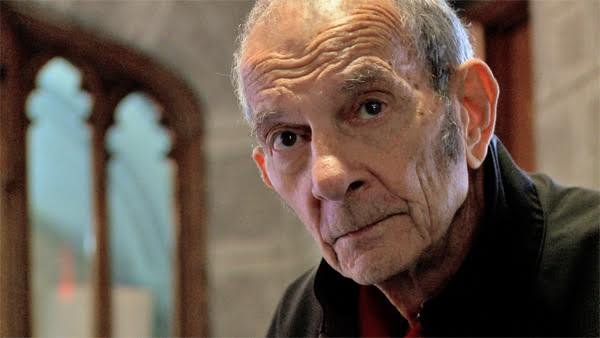A Nonagenarian’s Legacy
What a barkeeper from Harlem and wheelman for a saint teaches us about aging

July 25, 2024
By Jim Towey
Ever hear the one about the barkeeper who was Mother Teresa’s driver?
That sounds like the prelude to a bad joke, but it actually is the story of Gene Principe. He died earlier this month in the Bronx at age 93 after spending decades of his life volunteering in some of the toughest neighborhoods in America. Last week I wrote about a famous octogenarian, Benjamin Franklin, who defied stereotypes about working productively in old age. Gene lived even longer than old Ben, but you probably haven’t heard of him unless you lived in Harlem and were friendless.
Gene’s parents came to America from Calabria, Italy in 1922. His dad was a bootlegger who made enough money during the Prohibition years to open The Hi-Hat, a bar on 7th Avenue and 141st Street in central Harlem. Gene and his brother, Francis, enrolled at Cardinal Hayes High School which had 2,600 boys and 40 priests. Francis went on to the seminary and became a Catholic priest (and close friend of Martin Scorsese). Gene left Hayes and enrolled at Fordham University to study business. Upon graduation, he worked for his father until he passed away in 1962. Gene then took over ownership of The Hi-Hat and subsequently bought two more bars, The Oasis and Dante’s, both on Broadway Avenue. He worked seven days a week and maintained good relations with the surrounding neighborhoods where chronic poverty and racial tensions hung heavy. To maintain physical and mental toughness, Gene became a long-distance runner, competing in five marathons and winning once in his age division.
Life change
As a confirmed bachelor at age 50, he decided to join a Bible study in his parish, and it was then that his view of life began to change. “Before it was all about getting brownie points to please God. It was all about fear,” he once said to me in his heavy New Yorker accent. “Now I realized God loved me.” He saw an advertisement in a parish bulletin seeking volunteers for night duty in a men’s shelter. He decided to give it a try and showed up at the Queen of Peace, the Missionaries of Charity homeless shelter in the Bronx. The Sisters initially mistook him for one of the street people and directed him to the line of men awaiting admission for the night, which got a good laugh from Gene.
Despite this inauspicious start, Gene became a regular. At the time he barely knew who Mother Teresa was. “I knew about a nun in India, and that was about it,” he recalled. One night when he reported for duty at the shelter, he was redirected to the convent to go and meet Mother Teresa. When he approached her, he followed the example of the volunteer in line ahead of him and knelt and kissed her hand. “I’ll never forget the warmth of her hand,” he recounted.
The more time he spent around the MCs, the less interested he became in his day job. He first sold one bar, then closed another. The MCs seized on his familiarity with the streets of New York City and deputized him as their driver for airport runs, doctor’s appointments, and other errands. When Mother Teresa visited New York, he picked her up in the Sisters’ van, and she rode shotgun.
Friend of AIDS patients
In 1985, when Mother Teresa decided to open an AIDS home in Greenwich Village, Gene was one of the first to sign up to help. He came for night duty every Wednesday and then stayed all day Thursday. “The first patient we had was Ramon,” he told me. “Mother brought him from Sing Sing Prison on Christmas Eve. He lived six days.”
The following year she opened an AIDS home in Washington, D.C. and Gene was detailed there for two weeks to train night volunteers on how to care for the dying. That’s where I met him. After completing this assignment, Gene returned to New York and his weekly routine: Tuesday and Saturday nights at the Bronx shelter, soup kitchen duty on Wednesdays and Sundays, his regular AIDS home shift, and the rest of his time managing The Oasis.
Six days a week
Gene had the distinction of being one of the last Americans to see Mother Teresa alive. He had dropped her off at JFK airport for her final departure from the U.S, ten weeks before she died. About a year later, Gene sold The Oasis and went full-time with her nuns. He volunteered six days a week up until the fall that felled him.
His funeral Mass was packed with admirers.
Gene wasn’t an angel. The toughness he needed to run bars in Harlem never left him. But as he aged, he became wise, compassionate, loving, and even more generous. Legions of seniors like Gene have learned the lesson that a life poured out for others is one well-worth living.
(The opinions expressed herein are those of the author and do not necessarily reflect the views of Aging with Dignity and/or its Board of Directors.)
